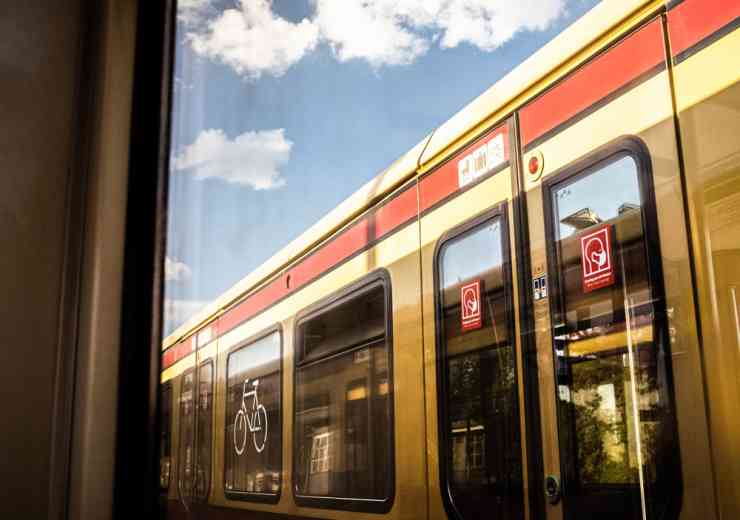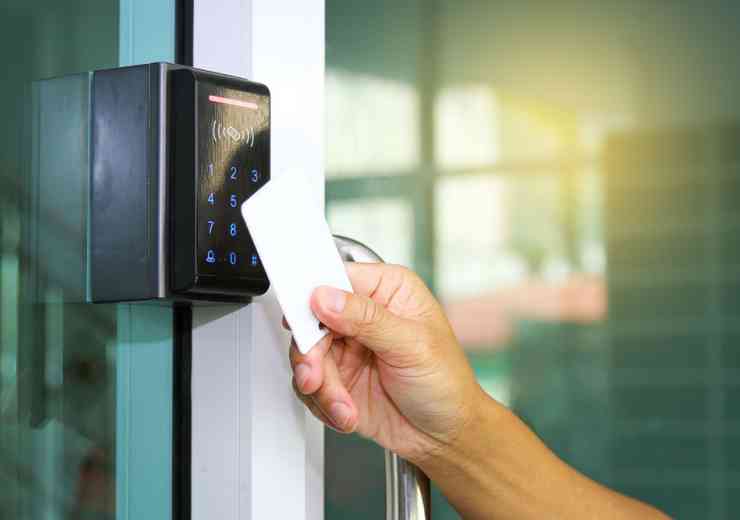Paper recommends solutions for transport infrastructure security
A new transport whitepaper from Jacksons Fencing reveals that almost three quarters of architects and engineers believe improvements in industry professionals’ knowledge of railway perimeter safety are needed.
The survey of 211 UK architects and engineers was conducted in September 2021. The resulting whitepaper explores concerning shortfalls in knowledge about what’s needed to protect transport users and local communities as the UK infrastructure grows in line with government investment.
A ‘lack of time’ and ‘tight budgets’ are the main issues architects and engineers said they faced when designing and building railways, with 55 per cent admitting this is true for them. Furthermore, 35 per cent of respondents believe they do not have sufficient knowledge of the safety measures that should be specified whilst working on a transport project. Additionally, 24 per cent of the architects surveyed argued that there is an insufficient amount of information surrounding security standards, and 23 per cent believe clients lack understanding of the products used.
The best practice recommendations put forward in the report include: ensuring assessments are undertaken before starting the project; ensuring the safety and sustainability requirements for each development have been met; prioritising high-quality products to ensure they last longer, helping to manage the budget better; and installing security systems, such as CCTV cameras and anti-intrusion alarms or monitors, to deter and reduce any potential criminal behaviour and vandalism.
Peter Jackson, managing director of Jacksons Fencing, said: “It’s clear from our research that transport security doesn’t rest solely on the policymaker’s or owner’s shoulders. Engineering industry professionals also have a large part to play in mitigating risks around railway border safety. These results demonstrate it’s not always easy, a lack of time at the specifying stage, tight budgets, and gaps in knowledge regarding safety and the product options available are hindering progress.”
digital issue




















